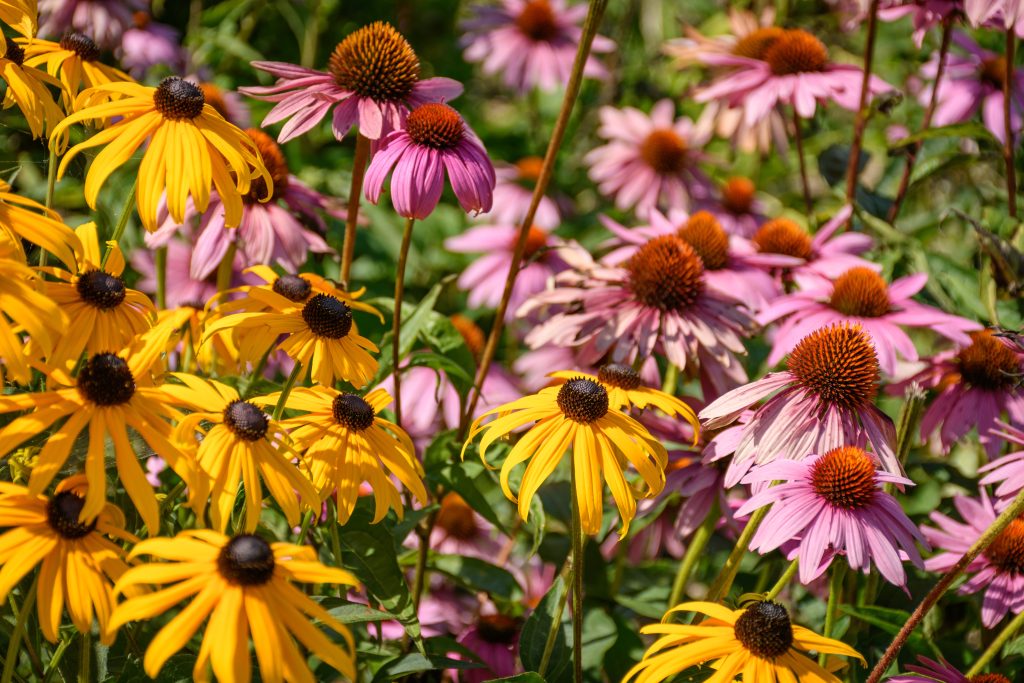
Welcome to
Great Rivers
Pollinator Habitat
Partnership
Our Mission: The Great Rivers Pollinator Habitat Partnership
aims to foster regional partnership to promote and conserve
pollinators and the native habitat that supports them.
Who We Are and
What We Do
The Great Rivers Pollinator Habitat Partnership (GRPHP) is a combined effort dedicated towards protecting pollinators and our native habitats across the Great Rivers region. GRPHP seeks to unite organizations and foster collaboration among conservationists, community partners, citizen scientists, and other advocates who desire to create thriving pollinator-supporting ecosystems. GRPHP focuses on the following key initiatives:
Through shared resources and collective action, GRPHP aspires to build a future where pollinators can flourish, benefiting not only local environments and biodiversity, but also local communities. Head to the About page to learn more about GRPHP, its history, as well as our mission, vision, and goals.
Our Calendar
Upcoming Events
Explore upcoming events dedicated to pollinator
conservation and community engagement.
No Events are Scheduled
at this Time
The Power of Pollinators
Nature’s Unsung
Heroes
Pollinators – bees, butterflies, moths, beetles, birds, bats, and other species– play a fundamental role in our ecosystems by facilitating plant reproduction. They transfer pollen between flowers, fertilizing them and commencing production of fruits and seeds.
Pollinators are responsible for:
Biodiversity
Pollinators sustain plant diversity,*add in information about the importance of biodiversity for wildlife and ecosystems *. An ecosystem that contains a variety of plants better supports a wide range of wildlife species.
Food Production
Almost 80% of the world’s crops depend on pollinators. In fact, most food consumed is produced because of pollinators. This includes, but is not limited to fruits, vegetables, nuts, spices, chocolate, and coffee.
Healthy Ecosystems
Pollination is crucial to maintaining habitat. Add in information about importance of flowering species for wildlife, diversity, and the larger ecosystem* (like insects, birds, etc.).
Economic Value
Insects and animals that pollinate crops have been calculated to have billions of dollars in economic value. In addition to the numerous pollinator-dependent food crops globally,, pollinators also help supply fats, fiber, oil, and similar products to the world.
Pollinators in Peril
The Challenges
They Face
Pollinator populations are experiencing significant declines due to various threats:
Habitat Loss
Urbanization, deforestation, and non-sustainable agriculture practices have reduced natural habitat that pollinators rely on for food, breeding, and shelter.
Chemical Threats
Broad and unregulated application of pesticides, herbicides, fungicides, and fertilizers have negatively impacted native pollinators.
Climate Change
Rising temperatures, shifting seasons, and extreme weather wreak havoc on pollinators’ life cycles and food availability. *expand on threat of climate change*
Monoculture Farming
Agricultural practices that focus on growing only one type of crop decreases plant diversity in that given region, which consequently reduces the resources available for pollinators.
Small Steps, Big Impact:
How You Can Help
You don’t have to be a conservationist, a scientist, or an engineer to make a meaningful difference in your environment. Even small actions – like reducing pesticide use, or creating pollinator-friendly spaces – make a significant impact on the lives of pollinators and their habitats. Every step, no matter how small, contributes to a healthier ecosystem for pollinators, which in turn makes a healthier ecosystem for people, our local communities, and the world.

Thank You to Phillips 66!
Thank you to Phillips 66 for their support of the Great Rivers Pollinator Habitat Partnership. Their grant has made it possible for us to expand our efforts, reach more people, and create a lasting impact on pollinator conservation.
